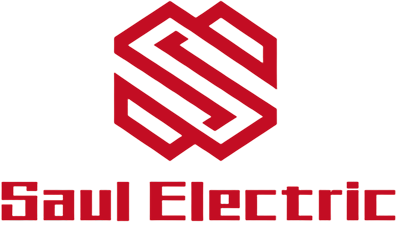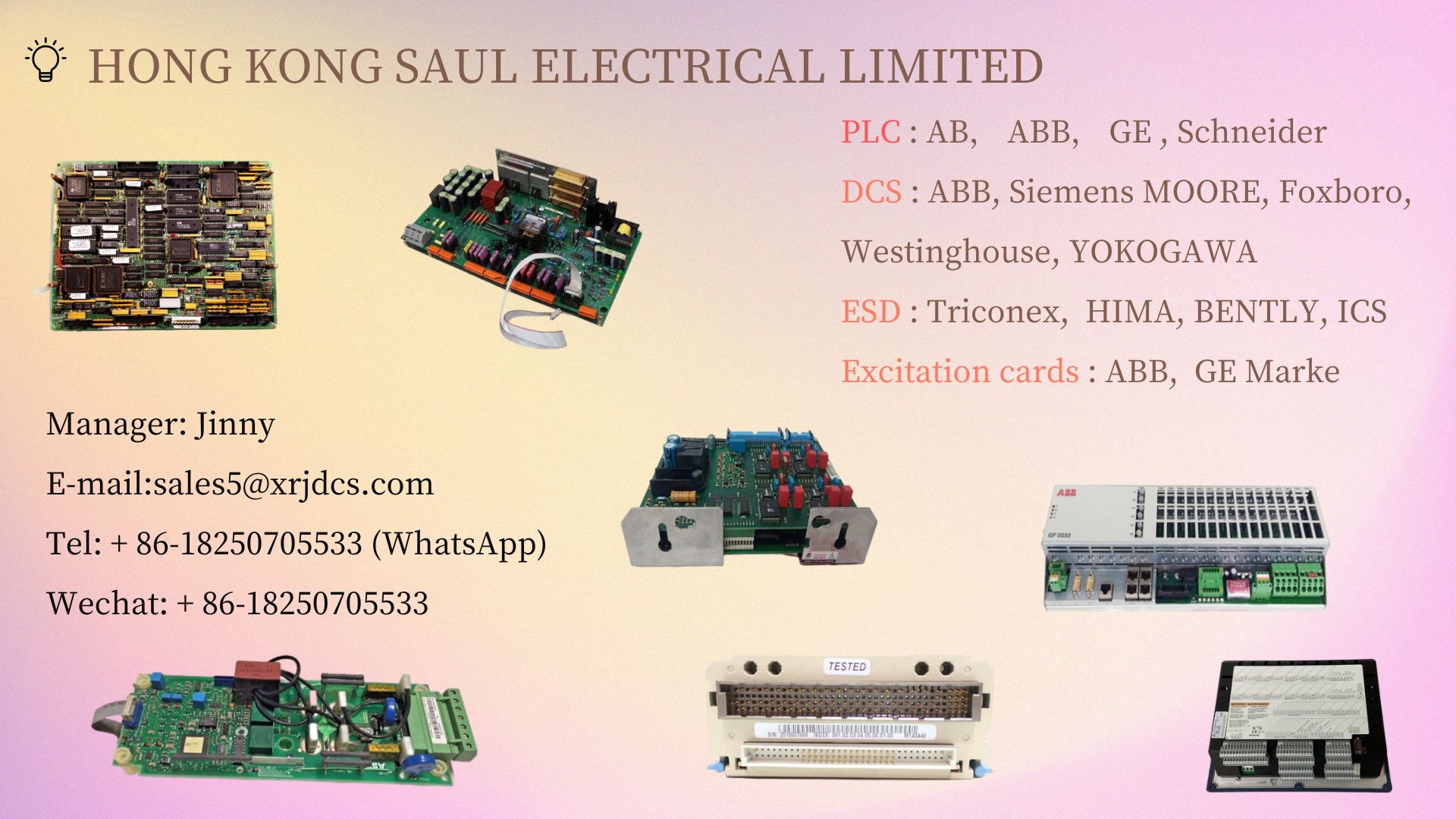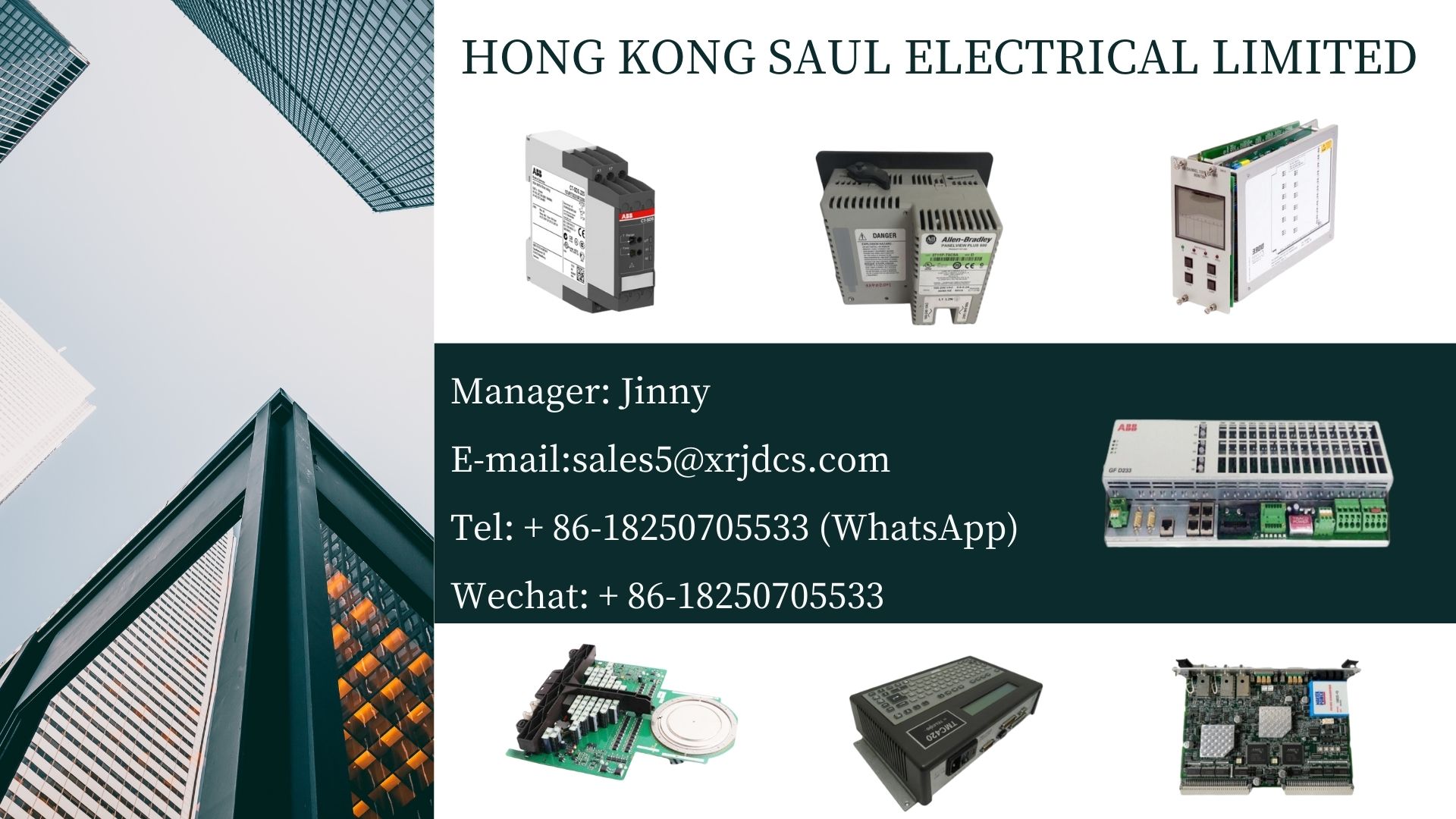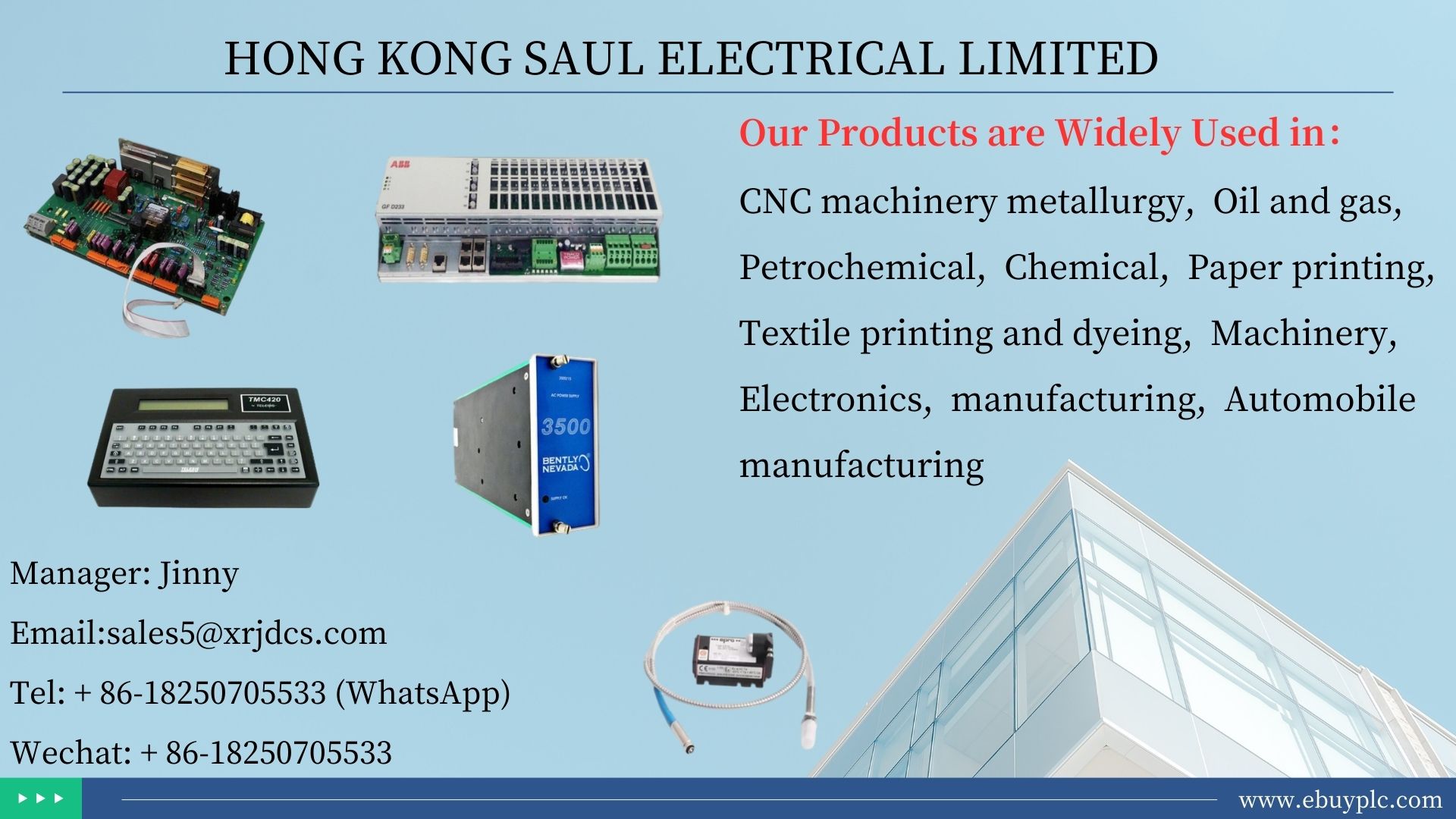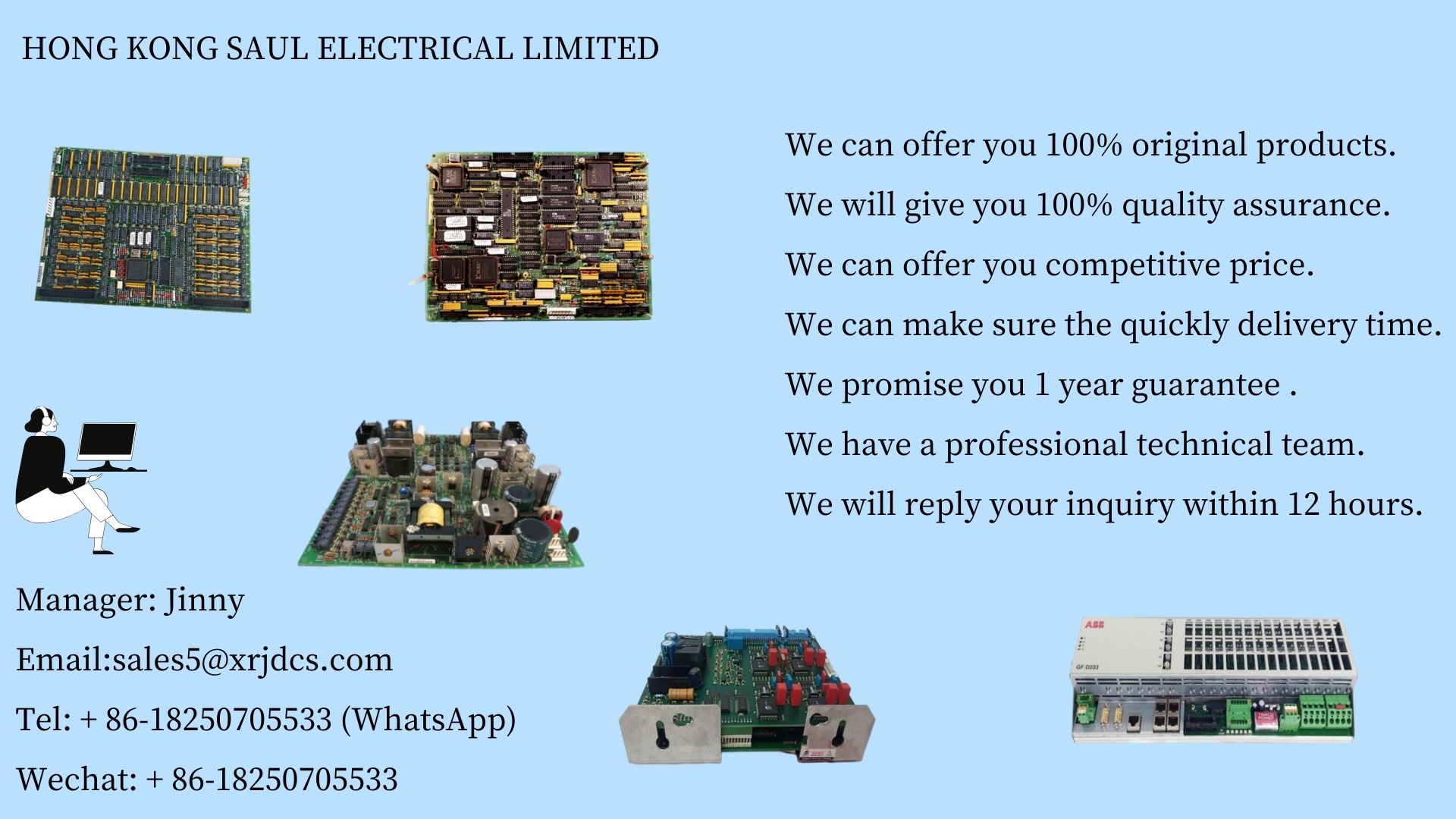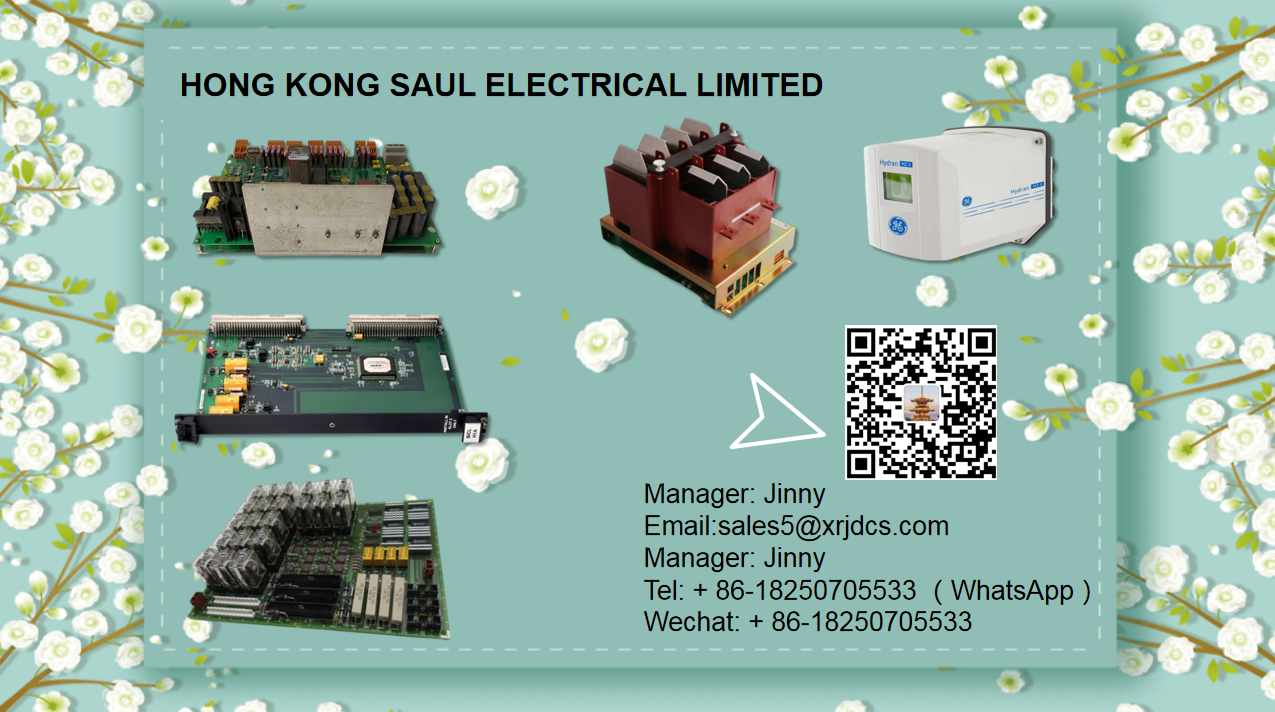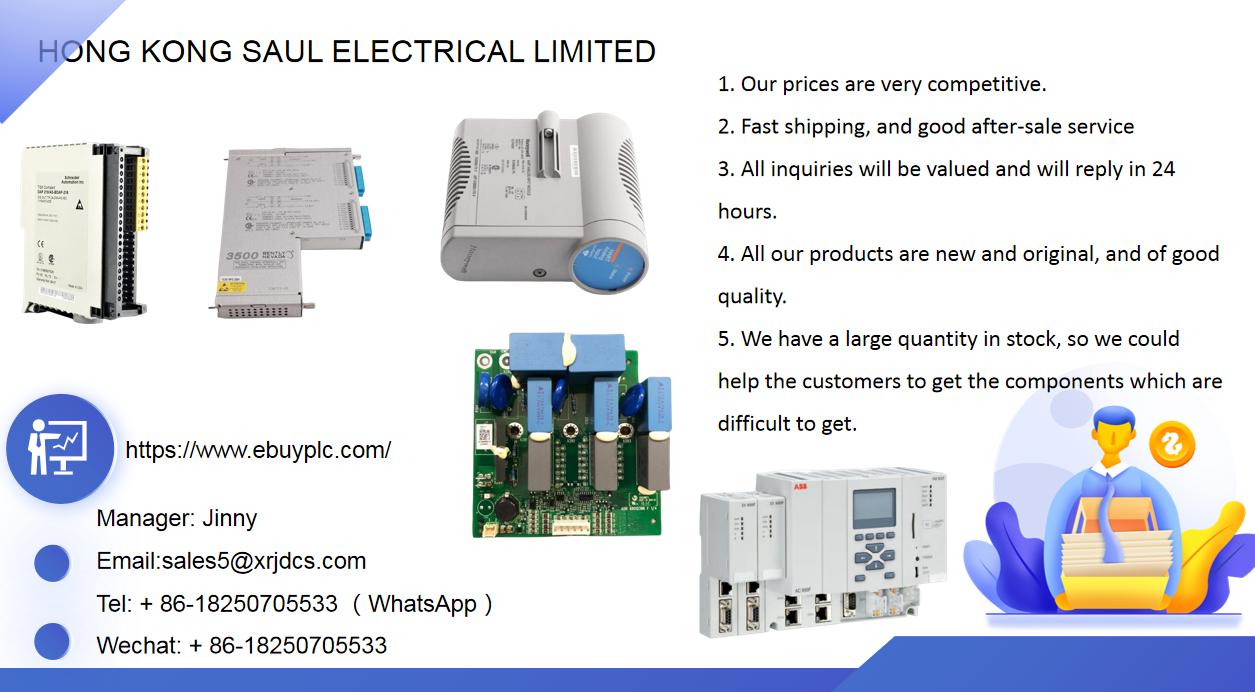0102030405
Siemens Energy Technology: promoting sustainable development in energy industry
2023-12-08
Siemens energy has been on this path of sustainable development for more than ten years for innovative R & D in the fields of zero carbon, low-carbon and green products, technologies and industrial applications.
With the accelerated promotion of the "double carbon" goal, during the fourth China International Expo, as one of the world's leading energy technology companies, siemens energy brought many low-carbon and carbon reduction solutions and products for energy industrial applications.
Zhang Tiangui, executive vice president of Siemens Energy Co., Ltd., said that under the background of carbon neutrality, in Siemens Energy's global headquarters, energy industrial application group has specially established a sustainable development department with the goal of making the energy system more sustainable.
In the process of transition to low carbon, a series of mature and emerging technologies are needed. Siemens energy helps China's oil and gas and related process industrial enterprises achieve energy conservation and emission reduction and turn to green development by providing a powerful r-ead dynamic equipment product portfolio, a full range of services and electrification, automation and digital solutions.
Highlights of the Expo
At this year's Expo, Siemens Energy joined the "energy low-carbon and environmental protection technology zone" established for the first time. Through the interactive technology of enhanced virtual reality, siemens energy focused on five themes: "future oriented power generation", "environmentally friendly power transmission", "decarbonized energy industrial application", "hydrogen energy, opening a carbon free future" and "popular future", It comprehensively presents low-carbon technologies and products in a complete energy industry value chain. Specific to the application field of energy industry, the focus is to use new energy-saving and emission reduction products and technologies and new energy in the key processes and energy systems of oil, gas and process industrial enterprises.
According to the data of the International Energy Agency, the energy use in the energy industry accounts for about 37% of the global consumption, and the carbon dioxide emission also accounts for a large proportion.
 The application field of siemens energy industry includes two major contents: one is the products based on rotating equipment, and the other is the overall solution in the field of industrial application. Among them, the product end is mainly small and medium-sized gas turbines and compressor units, which are oriented to petrochemical refining, ships, papermaking and offshore oil and gas production platforms. The overall solution in the field of industrial application is to completely cover the whole upstream, midstream and downstream industrial chain of oil, natural gas and other industries.
Zhang Tiangui said that in the oil and gas storage and transportation pipeline industry, siemens energy can provide corresponding solutions to help enterprises improve economic benefits and reduce carbon dioxide emissions. "For those related to clean energy, for example, compressed air energy storage technology can combine renewable energy such as wind energy and solar energy, make use of the high-power electric energy storage capacity of compressed air energy storage, overcome the shortcomings of unstable power generation of renewable energy, realize the stable output of renewable energy, and better help the power grid peak and frequency regulation. It is one of the highlights of our energy industrial application."
On the product side, "the rotating equipment we exhibited at the Expo has made technological innovation on the original compressor models to better improve energy efficiency and reduce power requirements. The improvement of energy efficiency means that the energy consumption at the driving end of the compressor will be reduced in the future, which is to realize the role of carbon reduction from the perspective of carbon footprint." Zhang Tiangui said.
The application field of siemens energy industry includes two major contents: one is the products based on rotating equipment, and the other is the overall solution in the field of industrial application. Among them, the product end is mainly small and medium-sized gas turbines and compressor units, which are oriented to petrochemical refining, ships, papermaking and offshore oil and gas production platforms. The overall solution in the field of industrial application is to completely cover the whole upstream, midstream and downstream industrial chain of oil, natural gas and other industries.
Zhang Tiangui said that in the oil and gas storage and transportation pipeline industry, siemens energy can provide corresponding solutions to help enterprises improve economic benefits and reduce carbon dioxide emissions. "For those related to clean energy, for example, compressed air energy storage technology can combine renewable energy such as wind energy and solar energy, make use of the high-power electric energy storage capacity of compressed air energy storage, overcome the shortcomings of unstable power generation of renewable energy, realize the stable output of renewable energy, and better help the power grid peak and frequency regulation. It is one of the highlights of our energy industrial application."
On the product side, "the rotating equipment we exhibited at the Expo has made technological innovation on the original compressor models to better improve energy efficiency and reduce power requirements. The improvement of energy efficiency means that the energy consumption at the driving end of the compressor will be reduced in the future, which is to realize the role of carbon reduction from the perspective of carbon footprint." Zhang Tiangui said.
 "For example, our goal is to improve energy efficiency by 2-3 percentage points. For example, a medium-sized ethylene compressor unit usually consumes hundreds of millions of yuan of electricity a year. Improving energy efficiency by 2-3 percentage points means saving millions of electricity bills." Zhang Tiangui said that this can not only reduce electricity costs, improve economic benefits, but also save energy, Achieve the purpose of emission reduction.
In addition to the new rotating equipment, there is also a solution called bluedriveplus C on site, that is, the DC power station electric propulsion system specially used for ships and offshore engineering ships. Its most important feature is that it greatly improves the comprehensive efficiency of the traditional diesel power generation system of offshore ships. This new product can improve power efficiency by 30%, which means reducing diesel waste by 30%, which is equivalent to reducing carbon dioxide emissions by 30%.
For some difficulties usually encountered in the application of crude oil and natural gas, Zhang Tiangui said that taking the flare gas of refinery as an example, the flare gas needs to be burned in the stages of unit startup and shutdown and accidents, which can not avoid the emission of carbon dioxide and nitrogen oxides, which not only pollutes the environment, but also a waste of energy.
Therefore, siemens energy is exploring some new solutions. For example, on the one hand, through lngo technology, these gases are liquefied into liquefied natural gas during front-end treatment instead of burning the gases in the traditional way; On the other hand, these gases can also be used as fuel and sent to Siemens gas turbine unit for combustion and power generation, and further recover the waste heat of combustion tail gas to form a combined cycle. In addition, Siemens has developed a new echogen solution, that is, using supercritical carbon dioxide to recycle the waste heat and waste heat in the tail gas discharged from combustion and use them to generate electricity, which is a new means for low-carbon emission reduction of petrochemical enterprises.
For the decarbonization of various existing devices in the existing industrial field, siemens energy can be realized through new technological transformation and upgrading of existing dynamic equipment, for example, improving the energy efficiency of steam turbine through new rotating parts and reducing the demand for primary energy, especially coal. "R-ead is an important technical route for us. It improves energy efficiency and operation efficiency through the overall electrification, automation and digital solutions, combined with dynamic equipment," said Zhang Tiangui.
In addition, the application of new energy, especially green hydrogen solutions, is also accelerating, said Zhang Tiangui, "We are also discussing with our customers how to transition the gray hydrogen currently used in the petrochemical field to the emission reduction direction such as blue hydrogen and reduce the generation of carbon footprint. Siemens energy has efficient green hydrogen technology. In the future, we will certainly cooperate with oil and gas customers on green hydrogen solutions."
Synchronous landing of global R & D
It is reported that Siemens energy invested 1 billion euros in R & D last year. Zhang Tiangui said that in the future, Siemens Energy Industrial Application Group will continue to carry out the research and development of new products and solutions, including the research and development of new technologies and solutions. Only in this way can we help industrial customers in the oil and gas industry, shipbuilding, papermaking and other industries better "decarbonize".
In the future, in the application field of energy industry, with the popularization and use of new energy, especially hydrogen energy, higher requirements are put forward for the involved hydrogen production equipment and transportation pipelines. Zhang Tiangui said that hydrogen production and transportation are inseparable from compressors, and the technical requirements of hydrogen content ratio, hydrogen liquefaction and low-temperature compression pose new challenges to the existing compressor products and technologies. For example, the existing reciprocating compressor can only be used in small-scale applications, while the large gas volume and high pressure ratio centrifugal compressor suitable for future hydrogen energy applications is under development, with the goal of putting it on the market around 2025.
In terms of digitization, siemens energy industry application focuses on the digitization of various key processes in the energy industry value chain, such as offshore oil and gas exploitation, production, transportation and storage, and develops topsides 4.0 integrated solution to organically and efficiently combine oil and gas related compressor units with other functional modules than power generation modules by digital means, Automation and digital integration of production end and operation end.
"Intelligent digitization not only means intelligent operation, but also means more security. For example, offshore platforms are usually an isolated island, usually in deep-sea or remote areas. Digital twin can be realized through remote control and diagnosis through digitization, which can reduce the presence of personnel, reduce the potential safety hazards of personnel and ensure the safety of equipment." Zhang Tiangui said.
In the context of double carbon, on the one hand, we should achieve the 30.60 goal, on the other hand, we should ensure the security of energy supply. "From focusing on cost in the past to focusing on energy efficiency and environmental protection now, this is a new opportunity for us," said Zhang Tiangui.
In April this year, siemens energy and total signed a technical cooperation agreement to study sustainable solutions for LNG emission reduction, focusing on LNG facilities and related power generation. Both parties will combine their respective technologies and expertise to provide solutions in the industrial stage, such as hydrogen burning power generation by gas turbine, competitive all electric power for natural gas liquefaction, integrating renewable energy into the power system of the liquefaction plant and improving efficiency.
"For example, our goal is to improve energy efficiency by 2-3 percentage points. For example, a medium-sized ethylene compressor unit usually consumes hundreds of millions of yuan of electricity a year. Improving energy efficiency by 2-3 percentage points means saving millions of electricity bills." Zhang Tiangui said that this can not only reduce electricity costs, improve economic benefits, but also save energy, Achieve the purpose of emission reduction.
In addition to the new rotating equipment, there is also a solution called bluedriveplus C on site, that is, the DC power station electric propulsion system specially used for ships and offshore engineering ships. Its most important feature is that it greatly improves the comprehensive efficiency of the traditional diesel power generation system of offshore ships. This new product can improve power efficiency by 30%, which means reducing diesel waste by 30%, which is equivalent to reducing carbon dioxide emissions by 30%.
For some difficulties usually encountered in the application of crude oil and natural gas, Zhang Tiangui said that taking the flare gas of refinery as an example, the flare gas needs to be burned in the stages of unit startup and shutdown and accidents, which can not avoid the emission of carbon dioxide and nitrogen oxides, which not only pollutes the environment, but also a waste of energy.
Therefore, siemens energy is exploring some new solutions. For example, on the one hand, through lngo technology, these gases are liquefied into liquefied natural gas during front-end treatment instead of burning the gases in the traditional way; On the other hand, these gases can also be used as fuel and sent to Siemens gas turbine unit for combustion and power generation, and further recover the waste heat of combustion tail gas to form a combined cycle. In addition, Siemens has developed a new echogen solution, that is, using supercritical carbon dioxide to recycle the waste heat and waste heat in the tail gas discharged from combustion and use them to generate electricity, which is a new means for low-carbon emission reduction of petrochemical enterprises.
For the decarbonization of various existing devices in the existing industrial field, siemens energy can be realized through new technological transformation and upgrading of existing dynamic equipment, for example, improving the energy efficiency of steam turbine through new rotating parts and reducing the demand for primary energy, especially coal. "R-ead is an important technical route for us. It improves energy efficiency and operation efficiency through the overall electrification, automation and digital solutions, combined with dynamic equipment," said Zhang Tiangui.
In addition, the application of new energy, especially green hydrogen solutions, is also accelerating, said Zhang Tiangui, "We are also discussing with our customers how to transition the gray hydrogen currently used in the petrochemical field to the emission reduction direction such as blue hydrogen and reduce the generation of carbon footprint. Siemens energy has efficient green hydrogen technology. In the future, we will certainly cooperate with oil and gas customers on green hydrogen solutions."
Synchronous landing of global R & D
It is reported that Siemens energy invested 1 billion euros in R & D last year. Zhang Tiangui said that in the future, Siemens Energy Industrial Application Group will continue to carry out the research and development of new products and solutions, including the research and development of new technologies and solutions. Only in this way can we help industrial customers in the oil and gas industry, shipbuilding, papermaking and other industries better "decarbonize".
In the future, in the application field of energy industry, with the popularization and use of new energy, especially hydrogen energy, higher requirements are put forward for the involved hydrogen production equipment and transportation pipelines. Zhang Tiangui said that hydrogen production and transportation are inseparable from compressors, and the technical requirements of hydrogen content ratio, hydrogen liquefaction and low-temperature compression pose new challenges to the existing compressor products and technologies. For example, the existing reciprocating compressor can only be used in small-scale applications, while the large gas volume and high pressure ratio centrifugal compressor suitable for future hydrogen energy applications is under development, with the goal of putting it on the market around 2025.
In terms of digitization, siemens energy industry application focuses on the digitization of various key processes in the energy industry value chain, such as offshore oil and gas exploitation, production, transportation and storage, and develops topsides 4.0 integrated solution to organically and efficiently combine oil and gas related compressor units with other functional modules than power generation modules by digital means, Automation and digital integration of production end and operation end.
"Intelligent digitization not only means intelligent operation, but also means more security. For example, offshore platforms are usually an isolated island, usually in deep-sea or remote areas. Digital twin can be realized through remote control and diagnosis through digitization, which can reduce the presence of personnel, reduce the potential safety hazards of personnel and ensure the safety of equipment." Zhang Tiangui said.
In the context of double carbon, on the one hand, we should achieve the 30.60 goal, on the other hand, we should ensure the security of energy supply. "From focusing on cost in the past to focusing on energy efficiency and environmental protection now, this is a new opportunity for us," said Zhang Tiangui.
In April this year, siemens energy and total signed a technical cooperation agreement to study sustainable solutions for LNG emission reduction, focusing on LNG facilities and related power generation. Both parties will combine their respective technologies and expertise to provide solutions in the industrial stage, such as hydrogen burning power generation by gas turbine, competitive all electric power for natural gas liquefaction, integrating renewable energy into the power system of the liquefaction plant and improving efficiency.
 The application field of siemens energy industry includes two major contents: one is the products based on rotating equipment, and the other is the overall solution in the field of industrial application. Among them, the product end is mainly small and medium-sized gas turbines and compressor units, which are oriented to petrochemical refining, ships, papermaking and offshore oil and gas production platforms. The overall solution in the field of industrial application is to completely cover the whole upstream, midstream and downstream industrial chain of oil, natural gas and other industries.
Zhang Tiangui said that in the oil and gas storage and transportation pipeline industry, siemens energy can provide corresponding solutions to help enterprises improve economic benefits and reduce carbon dioxide emissions. "For those related to clean energy, for example, compressed air energy storage technology can combine renewable energy such as wind energy and solar energy, make use of the high-power electric energy storage capacity of compressed air energy storage, overcome the shortcomings of unstable power generation of renewable energy, realize the stable output of renewable energy, and better help the power grid peak and frequency regulation. It is one of the highlights of our energy industrial application."
On the product side, "the rotating equipment we exhibited at the Expo has made technological innovation on the original compressor models to better improve energy efficiency and reduce power requirements. The improvement of energy efficiency means that the energy consumption at the driving end of the compressor will be reduced in the future, which is to realize the role of carbon reduction from the perspective of carbon footprint." Zhang Tiangui said.
The application field of siemens energy industry includes two major contents: one is the products based on rotating equipment, and the other is the overall solution in the field of industrial application. Among them, the product end is mainly small and medium-sized gas turbines and compressor units, which are oriented to petrochemical refining, ships, papermaking and offshore oil and gas production platforms. The overall solution in the field of industrial application is to completely cover the whole upstream, midstream and downstream industrial chain of oil, natural gas and other industries.
Zhang Tiangui said that in the oil and gas storage and transportation pipeline industry, siemens energy can provide corresponding solutions to help enterprises improve economic benefits and reduce carbon dioxide emissions. "For those related to clean energy, for example, compressed air energy storage technology can combine renewable energy such as wind energy and solar energy, make use of the high-power electric energy storage capacity of compressed air energy storage, overcome the shortcomings of unstable power generation of renewable energy, realize the stable output of renewable energy, and better help the power grid peak and frequency regulation. It is one of the highlights of our energy industrial application."
On the product side, "the rotating equipment we exhibited at the Expo has made technological innovation on the original compressor models to better improve energy efficiency and reduce power requirements. The improvement of energy efficiency means that the energy consumption at the driving end of the compressor will be reduced in the future, which is to realize the role of carbon reduction from the perspective of carbon footprint." Zhang Tiangui said.
 "For example, our goal is to improve energy efficiency by 2-3 percentage points. For example, a medium-sized ethylene compressor unit usually consumes hundreds of millions of yuan of electricity a year. Improving energy efficiency by 2-3 percentage points means saving millions of electricity bills." Zhang Tiangui said that this can not only reduce electricity costs, improve economic benefits, but also save energy, Achieve the purpose of emission reduction.
In addition to the new rotating equipment, there is also a solution called bluedriveplus C on site, that is, the DC power station electric propulsion system specially used for ships and offshore engineering ships. Its most important feature is that it greatly improves the comprehensive efficiency of the traditional diesel power generation system of offshore ships. This new product can improve power efficiency by 30%, which means reducing diesel waste by 30%, which is equivalent to reducing carbon dioxide emissions by 30%.
For some difficulties usually encountered in the application of crude oil and natural gas, Zhang Tiangui said that taking the flare gas of refinery as an example, the flare gas needs to be burned in the stages of unit startup and shutdown and accidents, which can not avoid the emission of carbon dioxide and nitrogen oxides, which not only pollutes the environment, but also a waste of energy.
Therefore, siemens energy is exploring some new solutions. For example, on the one hand, through lngo technology, these gases are liquefied into liquefied natural gas during front-end treatment instead of burning the gases in the traditional way; On the other hand, these gases can also be used as fuel and sent to Siemens gas turbine unit for combustion and power generation, and further recover the waste heat of combustion tail gas to form a combined cycle. In addition, Siemens has developed a new echogen solution, that is, using supercritical carbon dioxide to recycle the waste heat and waste heat in the tail gas discharged from combustion and use them to generate electricity, which is a new means for low-carbon emission reduction of petrochemical enterprises.
For the decarbonization of various existing devices in the existing industrial field, siemens energy can be realized through new technological transformation and upgrading of existing dynamic equipment, for example, improving the energy efficiency of steam turbine through new rotating parts and reducing the demand for primary energy, especially coal. "R-ead is an important technical route for us. It improves energy efficiency and operation efficiency through the overall electrification, automation and digital solutions, combined with dynamic equipment," said Zhang Tiangui.
In addition, the application of new energy, especially green hydrogen solutions, is also accelerating, said Zhang Tiangui, "We are also discussing with our customers how to transition the gray hydrogen currently used in the petrochemical field to the emission reduction direction such as blue hydrogen and reduce the generation of carbon footprint. Siemens energy has efficient green hydrogen technology. In the future, we will certainly cooperate with oil and gas customers on green hydrogen solutions."
Synchronous landing of global R & D
It is reported that Siemens energy invested 1 billion euros in R & D last year. Zhang Tiangui said that in the future, Siemens Energy Industrial Application Group will continue to carry out the research and development of new products and solutions, including the research and development of new technologies and solutions. Only in this way can we help industrial customers in the oil and gas industry, shipbuilding, papermaking and other industries better "decarbonize".
In the future, in the application field of energy industry, with the popularization and use of new energy, especially hydrogen energy, higher requirements are put forward for the involved hydrogen production equipment and transportation pipelines. Zhang Tiangui said that hydrogen production and transportation are inseparable from compressors, and the technical requirements of hydrogen content ratio, hydrogen liquefaction and low-temperature compression pose new challenges to the existing compressor products and technologies. For example, the existing reciprocating compressor can only be used in small-scale applications, while the large gas volume and high pressure ratio centrifugal compressor suitable for future hydrogen energy applications is under development, with the goal of putting it on the market around 2025.
In terms of digitization, siemens energy industry application focuses on the digitization of various key processes in the energy industry value chain, such as offshore oil and gas exploitation, production, transportation and storage, and develops topsides 4.0 integrated solution to organically and efficiently combine oil and gas related compressor units with other functional modules than power generation modules by digital means, Automation and digital integration of production end and operation end.
"Intelligent digitization not only means intelligent operation, but also means more security. For example, offshore platforms are usually an isolated island, usually in deep-sea or remote areas. Digital twin can be realized through remote control and diagnosis through digitization, which can reduce the presence of personnel, reduce the potential safety hazards of personnel and ensure the safety of equipment." Zhang Tiangui said.
In the context of double carbon, on the one hand, we should achieve the 30.60 goal, on the other hand, we should ensure the security of energy supply. "From focusing on cost in the past to focusing on energy efficiency and environmental protection now, this is a new opportunity for us," said Zhang Tiangui.
In April this year, siemens energy and total signed a technical cooperation agreement to study sustainable solutions for LNG emission reduction, focusing on LNG facilities and related power generation. Both parties will combine their respective technologies and expertise to provide solutions in the industrial stage, such as hydrogen burning power generation by gas turbine, competitive all electric power for natural gas liquefaction, integrating renewable energy into the power system of the liquefaction plant and improving efficiency.
"For example, our goal is to improve energy efficiency by 2-3 percentage points. For example, a medium-sized ethylene compressor unit usually consumes hundreds of millions of yuan of electricity a year. Improving energy efficiency by 2-3 percentage points means saving millions of electricity bills." Zhang Tiangui said that this can not only reduce electricity costs, improve economic benefits, but also save energy, Achieve the purpose of emission reduction.
In addition to the new rotating equipment, there is also a solution called bluedriveplus C on site, that is, the DC power station electric propulsion system specially used for ships and offshore engineering ships. Its most important feature is that it greatly improves the comprehensive efficiency of the traditional diesel power generation system of offshore ships. This new product can improve power efficiency by 30%, which means reducing diesel waste by 30%, which is equivalent to reducing carbon dioxide emissions by 30%.
For some difficulties usually encountered in the application of crude oil and natural gas, Zhang Tiangui said that taking the flare gas of refinery as an example, the flare gas needs to be burned in the stages of unit startup and shutdown and accidents, which can not avoid the emission of carbon dioxide and nitrogen oxides, which not only pollutes the environment, but also a waste of energy.
Therefore, siemens energy is exploring some new solutions. For example, on the one hand, through lngo technology, these gases are liquefied into liquefied natural gas during front-end treatment instead of burning the gases in the traditional way; On the other hand, these gases can also be used as fuel and sent to Siemens gas turbine unit for combustion and power generation, and further recover the waste heat of combustion tail gas to form a combined cycle. In addition, Siemens has developed a new echogen solution, that is, using supercritical carbon dioxide to recycle the waste heat and waste heat in the tail gas discharged from combustion and use them to generate electricity, which is a new means for low-carbon emission reduction of petrochemical enterprises.
For the decarbonization of various existing devices in the existing industrial field, siemens energy can be realized through new technological transformation and upgrading of existing dynamic equipment, for example, improving the energy efficiency of steam turbine through new rotating parts and reducing the demand for primary energy, especially coal. "R-ead is an important technical route for us. It improves energy efficiency and operation efficiency through the overall electrification, automation and digital solutions, combined with dynamic equipment," said Zhang Tiangui.
In addition, the application of new energy, especially green hydrogen solutions, is also accelerating, said Zhang Tiangui, "We are also discussing with our customers how to transition the gray hydrogen currently used in the petrochemical field to the emission reduction direction such as blue hydrogen and reduce the generation of carbon footprint. Siemens energy has efficient green hydrogen technology. In the future, we will certainly cooperate with oil and gas customers on green hydrogen solutions."
Synchronous landing of global R & D
It is reported that Siemens energy invested 1 billion euros in R & D last year. Zhang Tiangui said that in the future, Siemens Energy Industrial Application Group will continue to carry out the research and development of new products and solutions, including the research and development of new technologies and solutions. Only in this way can we help industrial customers in the oil and gas industry, shipbuilding, papermaking and other industries better "decarbonize".
In the future, in the application field of energy industry, with the popularization and use of new energy, especially hydrogen energy, higher requirements are put forward for the involved hydrogen production equipment and transportation pipelines. Zhang Tiangui said that hydrogen production and transportation are inseparable from compressors, and the technical requirements of hydrogen content ratio, hydrogen liquefaction and low-temperature compression pose new challenges to the existing compressor products and technologies. For example, the existing reciprocating compressor can only be used in small-scale applications, while the large gas volume and high pressure ratio centrifugal compressor suitable for future hydrogen energy applications is under development, with the goal of putting it on the market around 2025.
In terms of digitization, siemens energy industry application focuses on the digitization of various key processes in the energy industry value chain, such as offshore oil and gas exploitation, production, transportation and storage, and develops topsides 4.0 integrated solution to organically and efficiently combine oil and gas related compressor units with other functional modules than power generation modules by digital means, Automation and digital integration of production end and operation end.
"Intelligent digitization not only means intelligent operation, but also means more security. For example, offshore platforms are usually an isolated island, usually in deep-sea or remote areas. Digital twin can be realized through remote control and diagnosis through digitization, which can reduce the presence of personnel, reduce the potential safety hazards of personnel and ensure the safety of equipment." Zhang Tiangui said.
In the context of double carbon, on the one hand, we should achieve the 30.60 goal, on the other hand, we should ensure the security of energy supply. "From focusing on cost in the past to focusing on energy efficiency and environmental protection now, this is a new opportunity for us," said Zhang Tiangui.
In April this year, siemens energy and total signed a technical cooperation agreement to study sustainable solutions for LNG emission reduction, focusing on LNG facilities and related power generation. Both parties will combine their respective technologies and expertise to provide solutions in the industrial stage, such as hydrogen burning power generation by gas turbine, competitive all electric power for natural gas liquefaction, integrating renewable energy into the power system of the liquefaction plant and improving efficiency.